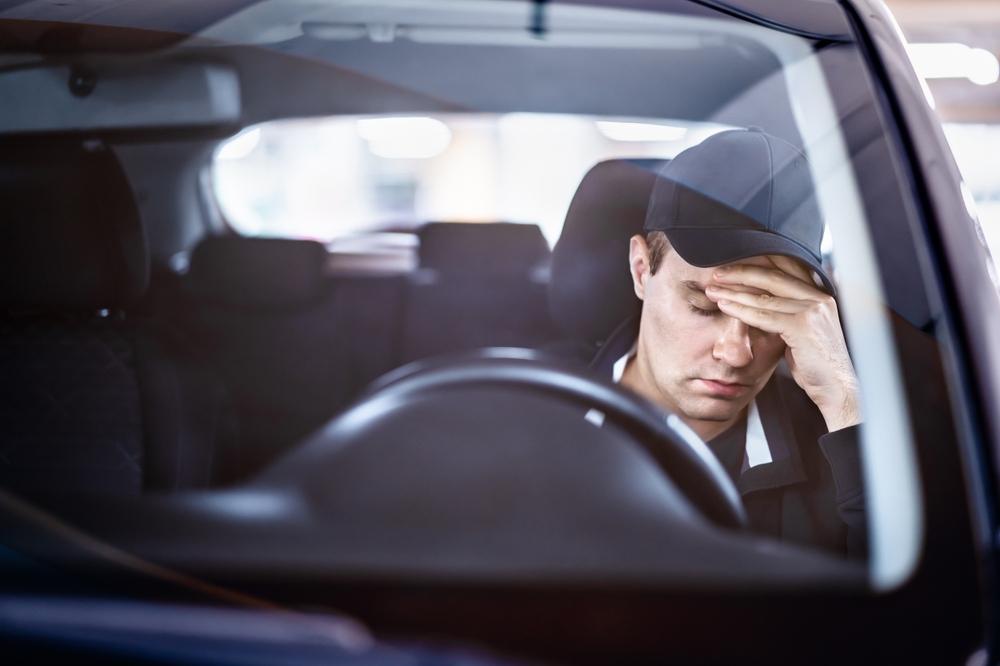Falling asleep while driving is more common than you think. It’s important to recognise when you’re too tired to drive, and more important to know how to prevent yourself feeling drowsy at the wheel in the first place.
Falling asleep when driving comes with obvious risks, some of which are fatal. However, even if you don’t fall asleep, drowsy driving is just as dangerous. This is because sleepiness decreases your reaction time so you’ll struggle to steer or brake suddenly if necessary. It also damages your ability to pay attention to the road and affects your overall ability to make quick decisions. In turn, you put yourself and others at serious risk.
Causes of sleepiness while driving
There are many reasons people experience drowsy driving:
- Lack of sleep. Perhaps the most obvious one; a lack of sleep leading to tiredness throughout the day.
- Shift-working. People who work long shifts or the night shift are especially susceptible to drifting off while driving.
- Untreated sleep disorders. People may struggle to stay awake on roads if they have a sleeping disorder such as Sleep Apnoea Syndrome (SAS). In fact, SAS is known to be the most common cause of sleepy driving habits.
- Medication. Some drivers may be taking medication that makes them feel sleepy. So, when getting prescription drugs, be sure to ask your doctor or pharmacist whether it’s safe to drive.
Falling asleep while driving – Signs
If you experience any of the following while driving, put safety first and stop for a break:
- Yawning and rubbing your eyes frequently
- Tailgating, drifting from your lane or hitting a shoulder rumble strip
- Missing exits or traffic signs
- Blinking a lot
- Eyelids feeling heavy
- Micro-sleeps. This is when you nod off for a short period of time that can be less than a second or up to 30 seconds. If you experience a micro-sleep on the road, you’re already at the point where you’re risking a serious accident and should stop driving.
How to prevent falling asleep while driving
- The best way to avoid drowsy driving is to get a sufficient amount of sleep regularly; this means 7-8 hours each night.
- Take breaks. We understand that driving long distances can be a pain, and you may try to get to your destination quicker by avoiding taking breaks. However, breaks are crucial in helping you stay focused and avoid drifting off. Have a break every two hours to stretch your legs and have a snack. Take a break before the drowsiness kicks in; it’s important not to wait until you feel drowsy.

